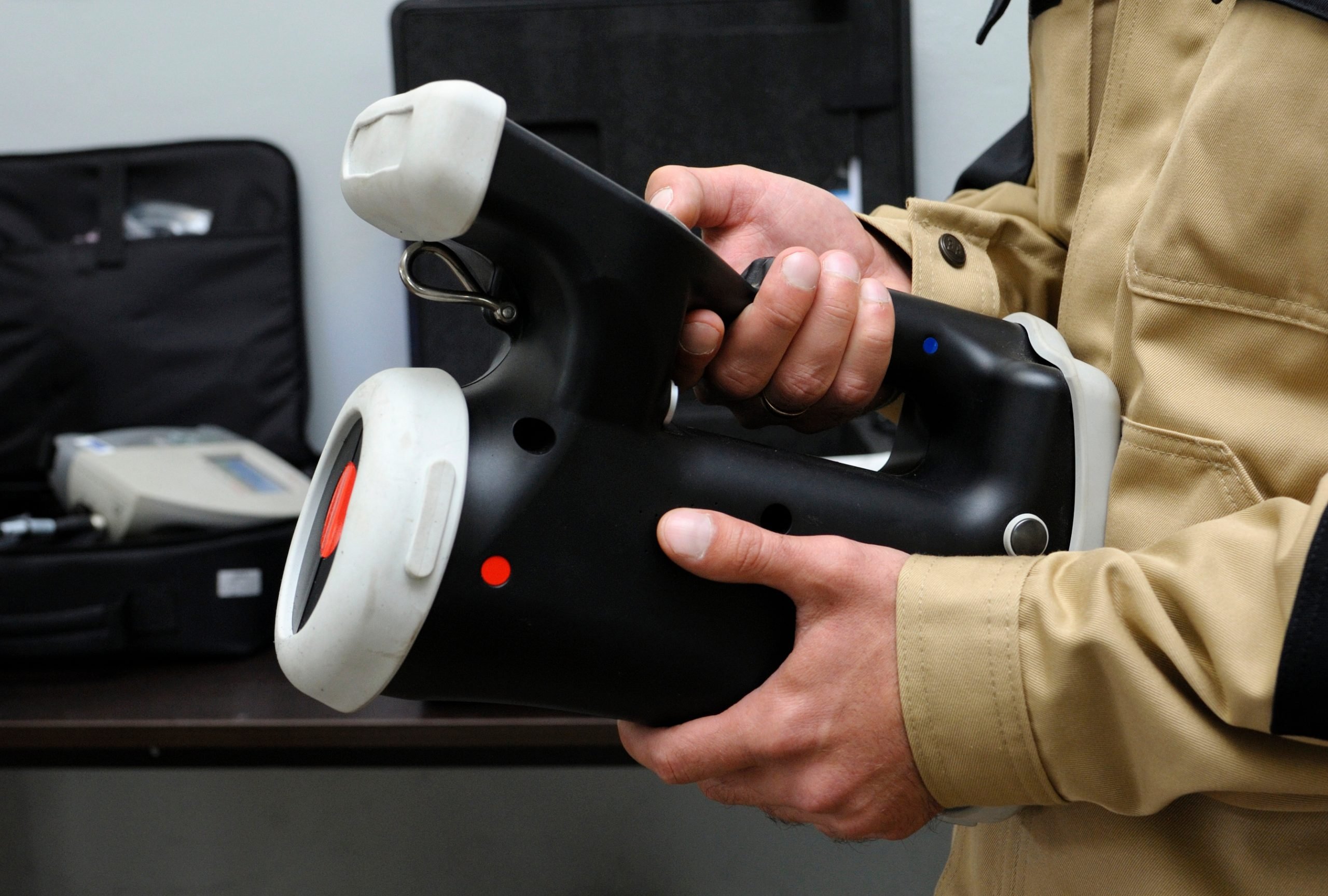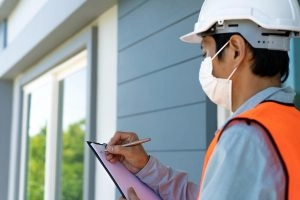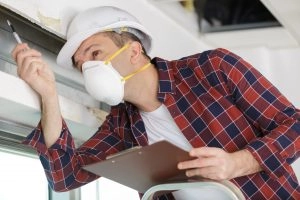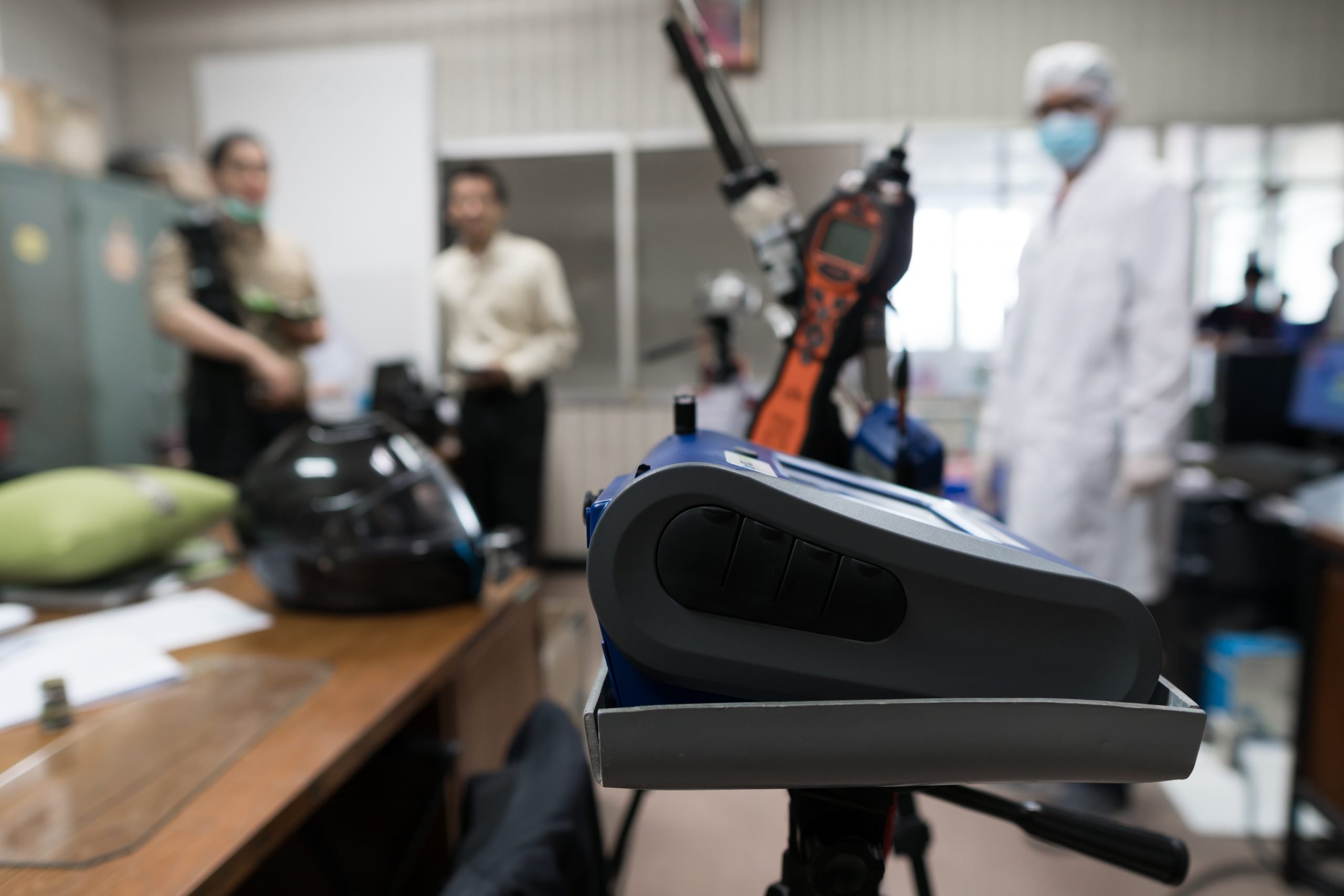RADON TESTING AND
RADON MITIGATION
IN Uwchland
RADON TESTING AND RADON MITIGATION IN Uwchland
Uwchland Township is a township in Chester County, Pennsylvania, United States. The population was 19,161 at the 2020 census. Two Pennsylvania state highways, Route 100 and Route 113, run through Uwchland Township. From the southeast, near Exton in West Whiteland Township, to the northwest, near Eagle in Upper Uwchland Township, Route 100 (Pottstown Pike) travels. From West Whiteland Township to Route 113, Route 100 is a four-lane divided highway, then a six-lane divided highway to Upper Uwchland Township.
We offer radon testing and mitigation services for business and residential buildings. We’ve been providing tailored solutions for various locations for the past ten years.
Consult us today to determine whether you operate in a peaceful workplace.
There are two main methods for calculating radon levels in a home or company. Air sampling, both short and long term. Air sampling for short-term radon testing is comparatively cheap and inconspicuous. It entails the installation of passive activated charcoal canisters in the structure’s inhabited portions’ lower levels. These containers make no noise when collecting samples and must be left alone for 48 to 88 hours.
The building must stay closed for the duration of the sample period. That is, all exterior windows and doors must be closed, and ventilation fans should be switched off while sampling is taking place.
Radon can be found in every state. Testing is the only method to know for sure if you have high radon levels. There are times when radon levels differ across nearby properties, much as they do between adjacent classes in the same school.


Uwchland RADON TESTING AND RADON MITIGATION
In the lowest level of the house, usually the underground or subterranean, a continuously monitor is installed. The testing lasts for 48 hours and offers an hour-by-hour tally of the amount of gas present, as well as an overall average. The results are available quickly after the test is done, allowing our staff to offer you with an accurate assessment and, if necessary, a plan for resolving the problem.
The notion for lowering radon levels in a confined construction is straightforward. Air entering the structure should be displaced and emitted above the roof level. If there is no crawlspace, this may entail installing a heavy-duty plastic barrier in the crawlspace with an active fan, or installing an active fan within a demolished part of concrete slab.
We can offer a radon mitigation solution that is both affordable and effective. These devices are capable of reducing radon levels by up to 99 percent. Simple, limited radon-resistant elements can be installed into new dwellings. A licensed Andersen mitigator can install a vent fan or other solutions to minimize indoor radon concentrations if a home has unacceptable radon levels.
ABATEMENT / REMOVAL
SERVICES in Haverford, PA

RADON TESTING IN HAVERFORD, PA

Waterproofing Solutions in HAVERFORD, PA

MOLD TESTING IN HAVERFORD, PA

